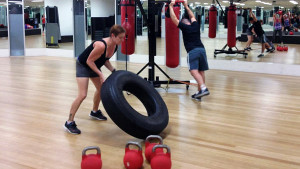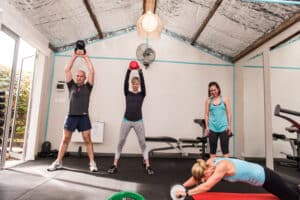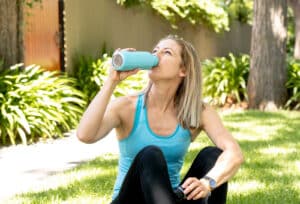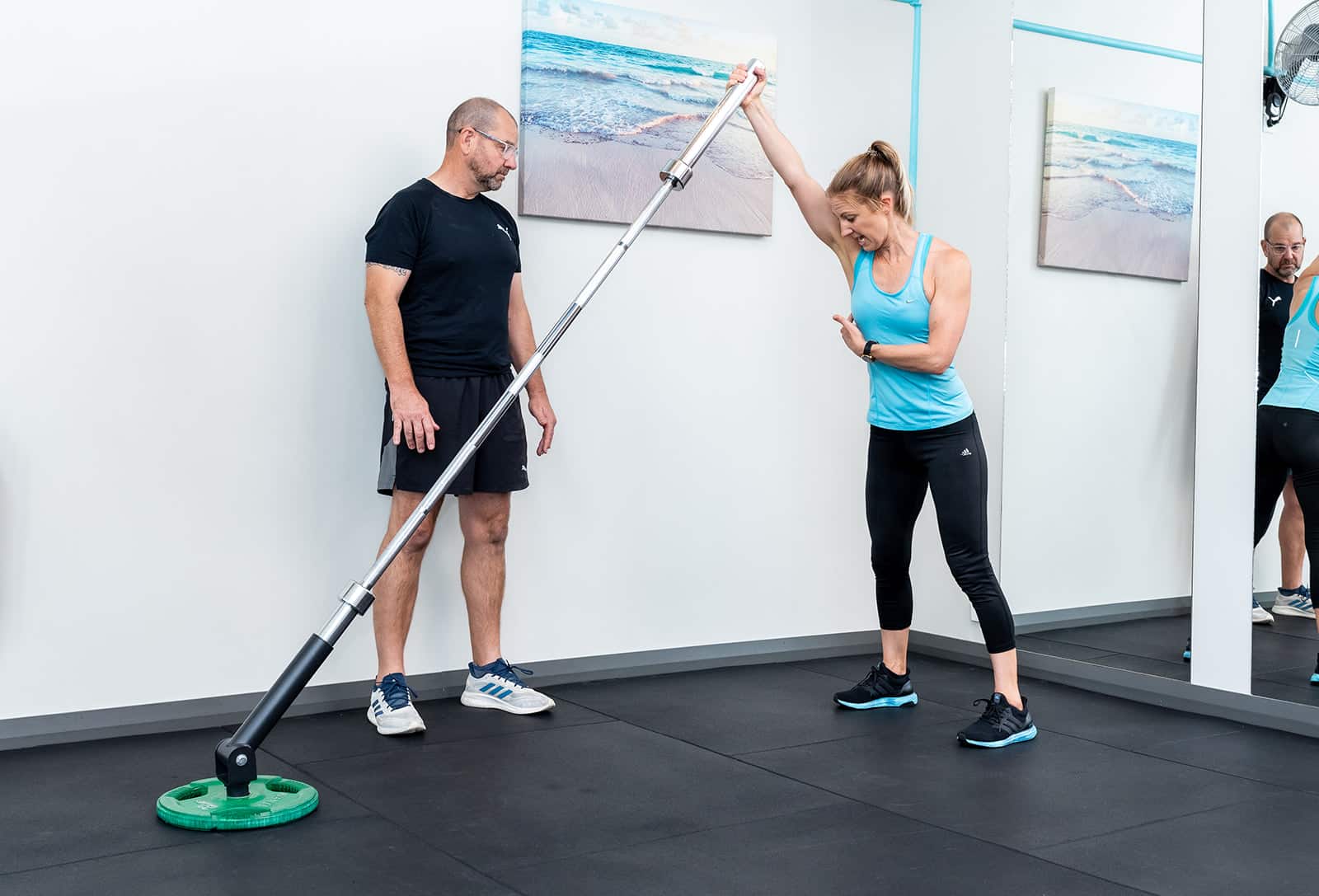Differences in Exercise for Men and Women, including the Menstrual Cycle Impact
The world of fitness is changing, breaking old ideas about how men and women should train. But it’s important to see how our bodies are different. This will impact the weight training differences in exercise for men and women. A women’s menstrual cycle adds a whole new dimension to training. I’ll explain these differences and how women can adjust their workouts to match their bodies.
Gender Differences

Men and Women’s hormones and physiology play a big factor in the difference in exercise for men and women.
Muscle and Hormones: Men have more of a hormone called testosterone that helps muscles grow. Women have less testosterone, so they build muscles more slowly. Still, women can get strong with good training.
Body Composition: Women often have more body fat because of their roles in having babies. Men have more muscle, which affects how they look and how they build muscles.
Metabolism: Men’s bodies burn a bit more energy because they have more muscle. But how much you eat and how active you are matter more.
Menstrual Cycle’s Impact on Training
 Knowing how hormones change during the menstrual cycle can help women train better.
Knowing how hormones change during the menstrual cycle can help women train better.
Follicular Phase (Days 1-14): Energy goes up because of estrogen. This is a good time for tough workouts and harder exercises.
Ovulation (Around Day 14): Estrogen and another hormone called luteinizing hormone are high. You’ll feel strong, so go for tough workouts and heavier weights.
Luteal Phase (Days 15-28): Progesterone increases and might make you feel bloated or tired. Choose lighter exercises or take it easy.
Menstruation (Days 1-7): Hormones drop, energy might be lower. Do light exercises or rest more if you are in discomfort.
Adapting Training for the Menstrual Cycle
 Changing workouts based on the menstrual cycle can help get better results.
Changing workouts based on the menstrual cycle can help get better results.
Flexibility: Do hard workouts during days 1-14, lighter ones during days 15-28.
Nutrition: Eat what matches your energy needs and cycle phase. Protein is important for muscle growth and repair.
Hydration: Drink enough water for energy and recovery.
Rest: If you need it, rest more during your period.
Women are not small Men. Understanding these differences and how the menstrual cycle affects women’s training is important. Women can reach their fitness goals by adapting workouts to their unique bodies.
For women who are peri or postmenopausal, your exercise needs are different. Learn more in the blog “The Best Exercises for Menopause.”
For questions or help with training, book a free 15-minute consultation to see how I can assist you.
